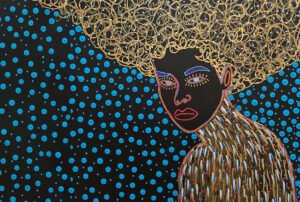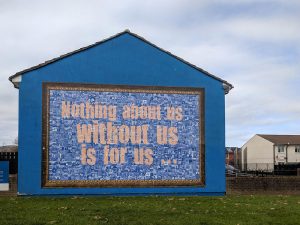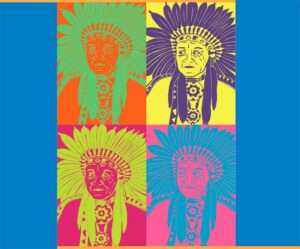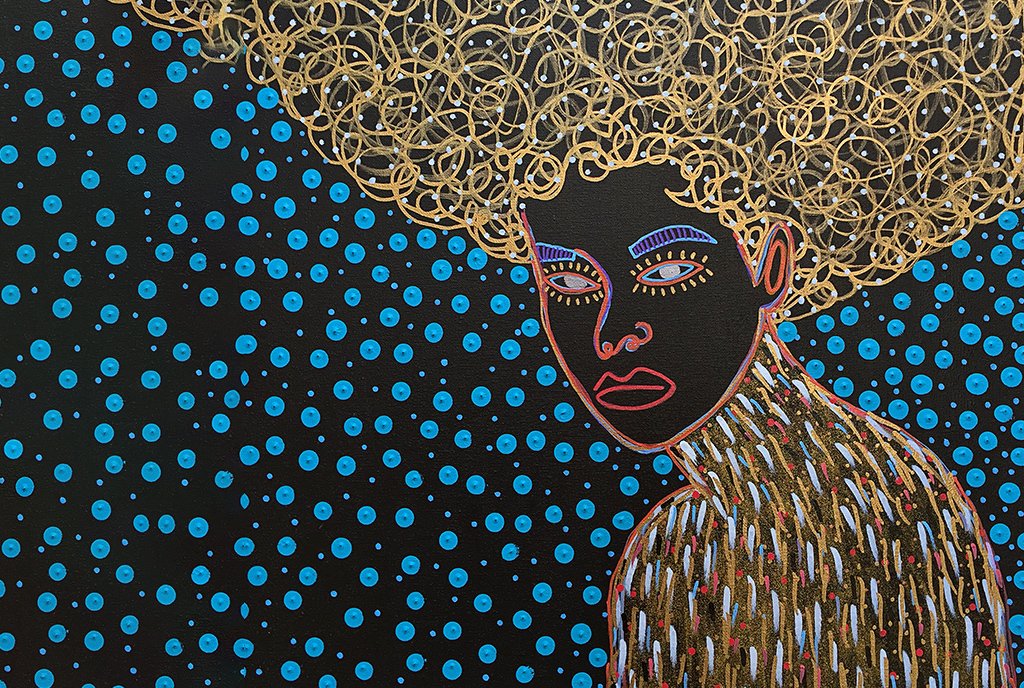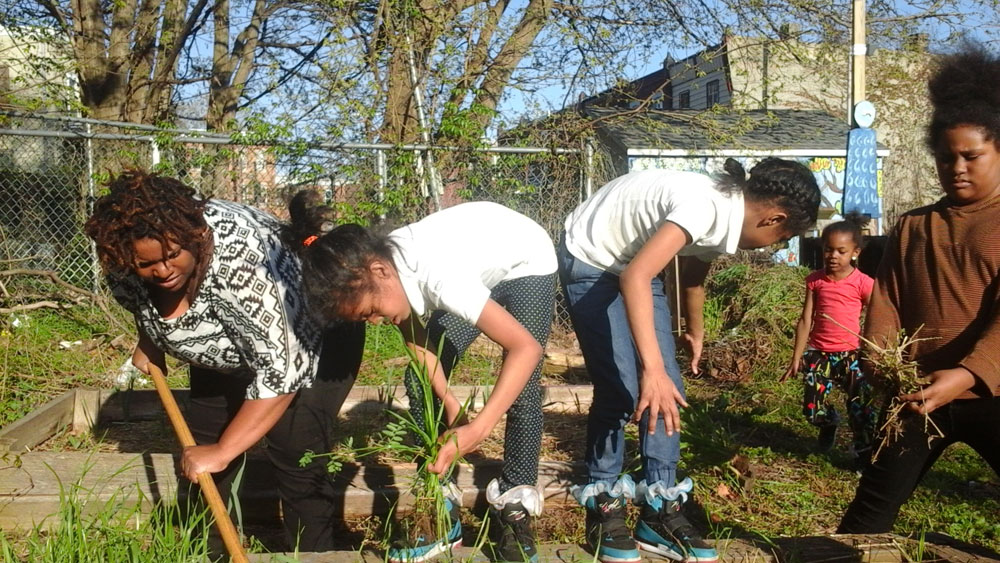
February 6, 2020; Generocity
As BoardSource has so ably been documenting for too many years, stagnant nonprofit boards are the norm, especially when it comes to the diversity of their members. This charity mindset smacks of colonialist overtones, especially when it comes to organizations established to serve communities that are not largely white and comfortable. This pattern may be the remnants of the old idea that boards are meant to act as connectors to money and influence doing good for the needy. In other words, it’s a charity mindset that reflects a “doing-for” attitude, and it comes complete with the highest level of decision-making powers in the organization.
Dynamics like these need disruption of the kind that replaces one set of working assumptions with another; one that in turn shifts priorities, language, and perspective on the work to be done. One example of such a disruption process took place at the Urban Tree Connection (UTC) in West Philadelphia. The instigator was India Blunt. The disruption involved where they met, who was on the board, and how the mission sits in the political realm of West Philly.
UTC is a Haddington neighborhood organization with a budget of $300,000 and whose mission is to “develop and sustain community-driven greening and gardening projects,” engaging and educating the community in sustaining growing spaces. At her first UTC board meeting, held at one of the city’s luxurious office buildings, Blunt observed that “the work of the board seemed very disconnected from the work of the organization.” Besides the disconnect between where they met and UTC’s actual location, Blunt saw a gap in the members’ understanding of mission. “We weren’t doing charity work; we were doing food and land justice work.”
Blunt’s now the board chair. Shortly after her start, they moved the meetings to West Philly. Then, the focus shifted to the members of the board themselves.
Sign up for our free newsletters
Subscribe to NPQ's newsletters to have our top stories delivered directly to your inbox.
By signing up, you agree to our privacy policy and terms of use, and to receive messages from NPQ and our partners.
“When I first came onto the board, it was dominated by middle-class white women,” Blunt says, describing outreach efforts to bring in new members that would reflect the population. (Haddington was 89 percent Black in 2017.) “In recruitment, we targeted Black folks, people of color, and working-class people. Our board is now only working-class Black folks and POC.” They managed to continue relationships with those former board members as donors and in committees. However, UTC does not rely on wealthy board members, “In terms of fundraising, we collectivize the work so one board member’s individual access to wealth, or those with wealth, isn’t the focus.”
The board now has regular political education moments at their meetings. They repurpose vacant land, planting communal gardens and creating a sustainable equitable food structure. Prospective board members get homework on food, land justice, and agroecology. Thus, the mental models that inform the organization’s decision get replaced and are codified over time.
“We’re talking about Black folks reclaiming land,” Blunt says, “but why? Because Black folks have been historically dispossessed of land. We’re talking about reconnecting to our ancestral growing practices. Why? Because slavery and colonization have disrupted our relationship to the land. We’re talking about building land-based strategies in West Philadelphia. Why? Because gentrification is a real threat.”
Educating the board can be disruptive. So, too, can switching up the average age of members around the table. A study by the Lilly Family School of Philanthropy at Indiana University says 83 percent of board members are age 40 or over, and older organizations have less diverse boards.—Marian Conway


